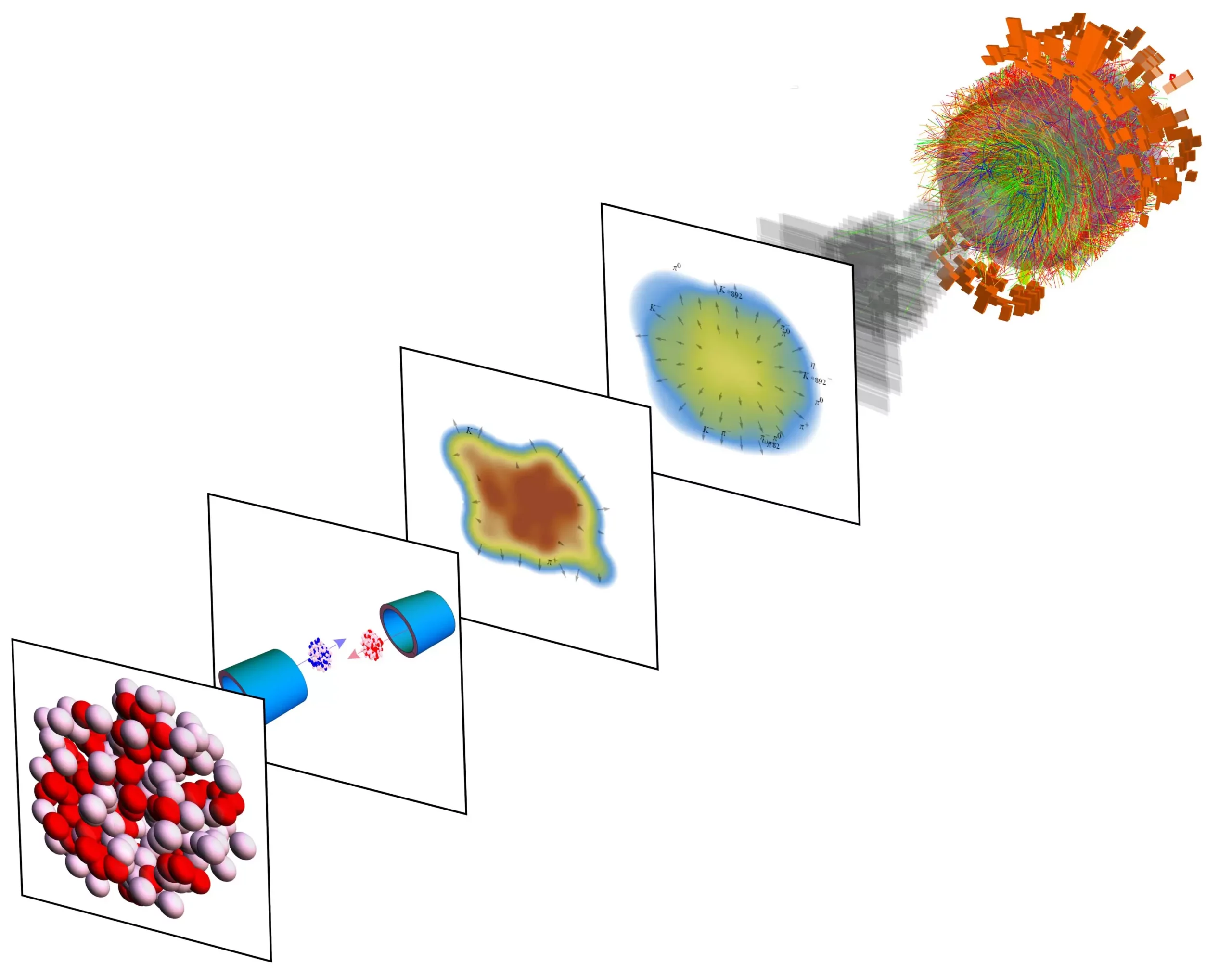Lead-208 is an intriguing element with a unique neutron-rich nucleus. It consists of 82 protons and 126 neutrons, and one of its distinctive properties is its structure, particularly the presence of a diffuse shell of mainly neutrons known as the neutron “skin.” This article delves into the research conducted on the neutron skin, its implications in quantum chromodynamics, astrophysics, and the methodology used to measure its thickness.
The neutron skin of Lead-208 plays a pivotal role in expanding our understanding of quantum chromodynamics. As scientists unravel the behavior of quarks and gluons within the nucleus, they gain insights into the strong force and the crucial role it plays in particle interactions. Additionally, studying the neutron skin carries implications in astrophysics, providing valuable information about the structure of neutron stars, which are remnants of massive stars that have undergone supernova explosions.
To measure the thickness of the lead-208 neutron skin, theoretical physicists at CERN have harnessed the power of the Large Hadron Collider (LHC). By analyzing data obtained from heavy-ion runs at the LHC, researchers were able to determine that the neutron skin thickness of lead-208 is approximately 0.217±0.058 femtometers. These findings align with previous measurements conducted by other collaborations using different experimental techniques.
Measuring Challenges and Methodology
Measuring the thickness of the neutron skin presents considerable challenges. While the structure of protons in the nucleus can be evaluated using electron scattering, neutrons, which possess no charge, do not interact with electrons in the same manner. However, neutrons are profoundly influenced by the strong nuclear force that binds quarks and gluons together within atomic nuclei.
In the heavy-ion runs of the LHC, beams of lead-208 are accelerated in opposite directions and collided at high energies. This process causes Lorentz contraction, compressing the nuclei into flattened shapes, resembling pancakes moving at velocities approaching the speed of light. The extremely high energy and pressure generated during the collision cause the gluons holding the quarks within nucleons to separate, creating quark-gluon plasma. This substance is believed to resemble the state of the universe moments after the Big Bang and is also theorized to exist within the core of neutron stars.
As the pressure and temperature within the LHC decrease, the quark-gluon plasma undergoes decay, leading to the formation of detectable particles. By analyzing these particles using LHC detectors, physicists can gain insights into the properties of the quark-gluon plasma. The distribution of protons and neutrons within lead-208 determines the size and shape of the quark-gluon plasma, allowing scientists to indirectly determine the neutron skin’s thickness.
This is the first time the thickness of the neutron skin in lead-208 has been measured using the strong force. A similar result was obtained in 2021 by the Lead Radius Experiment (PREX) collaboration at the Thomas Jefferson National Accelerator Facility in Virginia, which determined a thickness of 0.283±0.071 fm using techniques involving the electroweak force. The significance of the present work lies in the fact that it relies solely on existing data but still yields a competitive level of uncertainty similar to that of other experimental determinations.
The new determination of the neutron skin’s thickness using existing data has brought together physicists from seemingly disparate fields, fostering an unprecedented connection. The findings of this study lay the foundation for future, more dedicated measurements, which have the potential to enhance the precision of the extraction process from LHC data. Collaboration between research institutions and experimental teams will be instrumental in unlocking further understanding of the intricate properties of lead-208’s neutron skin.
The research conducted using data from the Large Hadron Collider has provided valuable insights into the neutron skin of lead-208. The neutron skin’s thickness, calculated to be approximately 0.217±0.058 femtometers, contributes to a deeper understanding of quantum chromodynamics and offers astrophysical implications. The methods employed in measuring the neutron skin highlight the challenges faced by scientists, particularly in assessing neutrons that lack charge. This groundbreaking work sets the stage for future collaborations and dedicated measurements that hold the potential to refine our understanding of lead-208’s neutron skin.


Leave a Reply